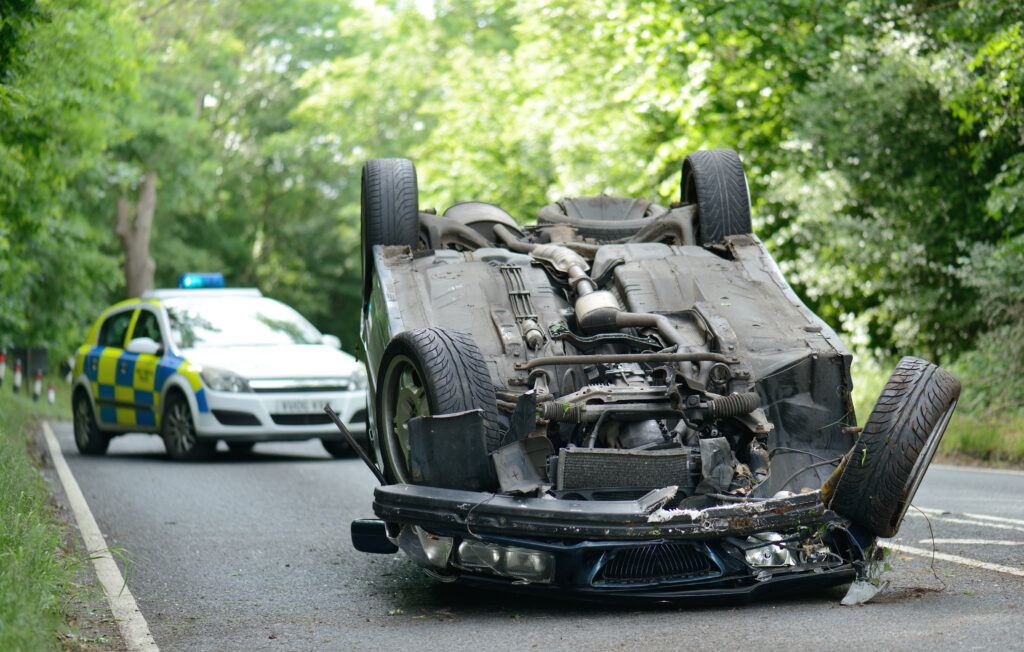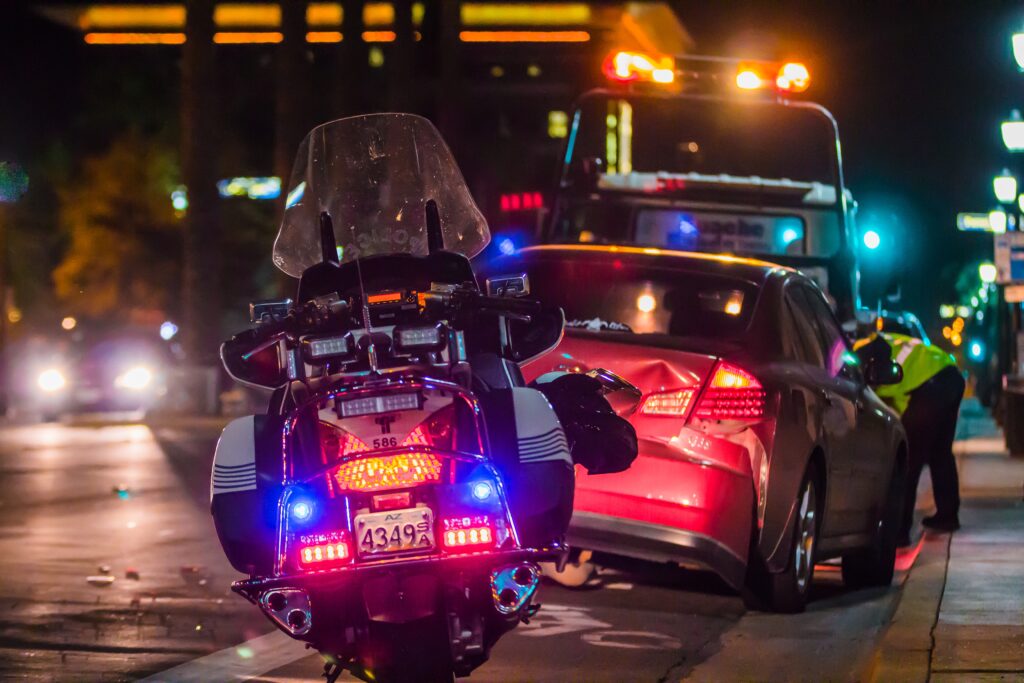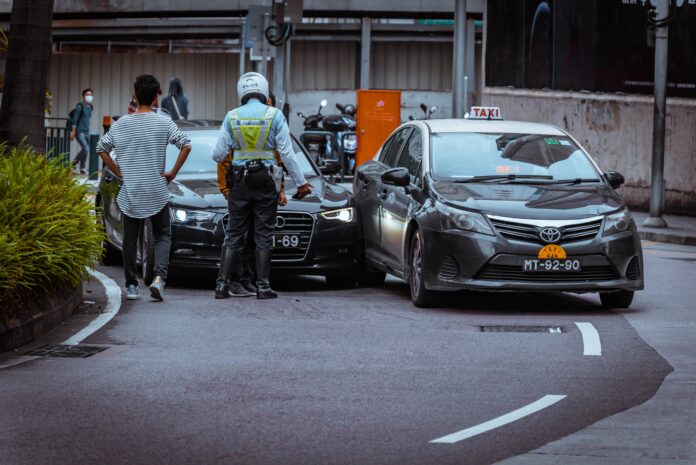The United States stands out among developed nations with its annual car-related fatalities surpassing 40,000, signifying a grave loss of life.
As the summer season unfolds, there is a noticeable uptick in American traffic fatalities. Unfortunately, the ongoing trend of increased casualties has already marred the season, with the approaching July 4 weekend being widely recognized as the most perilous period to travel by road.
While numerous countries have successfully implemented measures to enhance road safety, the United States has yet to achieve comparable results.
High Traffic Deaths Persist in the United States
The United States holds the unfortunate distinction of having the highest number of traffic-related fatalities per capita of any developed country.
Even as the COVID-19 pandemic reduced road deaths worldwide in 2020 due to restricted movement, the U.S. defied this trend, experiencing a surge in traffic fatalities that reached a 16-year peak in 2021 before seeing a slight decrease in 2022.
Highlighting the severity of the situation, White House press secretary Karine Jean-Pierre emphasized the crisis faced by America, pointing out that the annual number of road-related deaths (42,795 in 2022) is comparable to the fatalities caused by guns (48,830 in 2021).
“It should not be this way,” she remarked.
What Drives the High Number of American Traffic Fatalities?

The United States, much like its divergence in gun violence, sets itself apart from comparable nations in Europe and East Asia when it comes to road safety. A combination of higher mileage, inadequate road infrastructure, and prevalent unsafe driving practices contribute to this distinction.
On average, Americans cover more than double the distance behind the wheel compared to the French, more than triple that of the Japanese, and significantly surpass even their neighboring Canadians. Consequently, the U.S. experiences a higher number of road deaths per capita, contrasting with countries such as Germany and the U.K.
In contrast, other countries have made road safety a priority by implementing measures like reduced speed limits and dedicated cycling lanes. Moreover, these nations often boast superior commuter and long-distance train networks.
While President Biden personally identifies as a proponent of train travel and has committed to enhancing Amtrak’s performance, his notable legislative achievements, namely the bipartisan infrastructure law and the Inflation Reduction Act, allocate substantial funds for road repairs and promoting electric vehicles. This implicitly acknowledges the continued dominance of cars in transportation.
Furthermore, vehicles in the U.S. are progressively becoming larger and heavier, amplifying the potential for severe damage and harm in collisions with other objects or individuals. Jennifer Homendy, the chairperson of the National Transportation Safety Board, has expressed concerns over the heightened risks associated with heavier curb weights and the increasing size, power, and performance of vehicles, including electric ones.
Drivers also contend with distractions arising from smartphones and built-in digital consoles, with some cars even featuring video game consoles for the driver.
While the Department of Transportation is working towards implementing the National Roadway Safety Strategy, many of the outlined measures appear relatively modest, such as exploring the potential rule-making efforts for mandatory seatbelt reminder systems.
Despite ongoing efforts, the disparities in road safety between the United States and its peer nations remain a pressing concern, necessitating more comprehensive and ambitious initiatives to address the underlying issues and prioritize the well-being of road users.
The Impact of Policing Changes on Road Safety
Concerns have arisen regarding the influence of changes in policing on the prevalence of reckless driving, often going unpunished. Notably, there have been tragic incidents involving police officers and Black men, such as Walter Scott in Charleston, S.C., and Philando Castile in Minneapolis, which originated from traffic stops that escalated into unnecessary fatalities.
In light of the racial justice protests in 2020, advocates for reform called on police departments to reduce the number of minor traffic stops.
Police departments, driven by their own motivations, sought to minimize scrutiny from a public that, according to some law enforcement officials, may not fully comprehend the risks involved in their profession. As a response to intensified scrutiny and, perhaps, as a form of retaliation against anti-police sentiments, officers nationwide became less attentive to fulfilling their duties.
While this shift in policing approach garnered support from some quarters, others express concerns that a less proactive stance towards road safety from police departments has put Americans at risk. The repercussions are evident, as Jonathan Adkins of the Governors Highway Safety Association pointed out, stating that many individuals engage in dangerous driving behavior because they believe they can evade consequences. Inevitably, enforcement and ticketing efforts have waned in numerous areas across the country, leading to visible outcomes on the roads.
Impact on Black Communities

Black people are more likely to be victims of American traffic fatalities than whites.
Communities of color bear the brunt of car-related fatalities, with historical urban planners like Robert Moses in New York City exacerbating the issue by constructing highways through low-income inner-city neighborhoods.
Unfortunately, these neighborhoods have often been neglected when it comes to implementing traffic-calming measures, making them more vulnerable to such incidents. Disturbingly, Black individuals are disproportionately affected by traffic fatalities compared to their white counterparts.
The intersection of socioeconomic factors becomes evident since limited financial means often prevent many Black individuals from owning motor vehicles. So, walking becomes the primary mode of transportation, leading to a significantly higher risk of traffic-related fatalities. As highlighted by a University of Connecticut researcher in 2021, the disparity in rates is striking.
So, What’s the Solution to the High American Traffic Fatalities?
Local and state governments have taken up the mantle of addressing the road safety crisis, implementing a range of new policies and initiatives:
- Florida recently approved the installation of speed cameras, marking a significant step forward.
- Los Angeles is considering the introduction of unarmed civilian monitors to handle driving violations.
- Baltimore is actively installing speed bumps to enhance road safety.
- Pittsburgh, Oklahoma City, and Chicago have introduced new bike lanes to promote safer cycling.
While these localized efforts show progress, achieving systemic change has proven challenging. In the case of Sammy Cohen Eckstein, a 12-year-old who tragically lost his life in 2013 while retrieving a soccer ball on a Brooklyn street, his parents advocated for a state law that would establish a 20-mile-per-hour speed limit near schools.
Although the bill did not pass, Sammy’s family remains steadfast in their commitment to using his memory as a catalyst for making streets safer for everyone.


